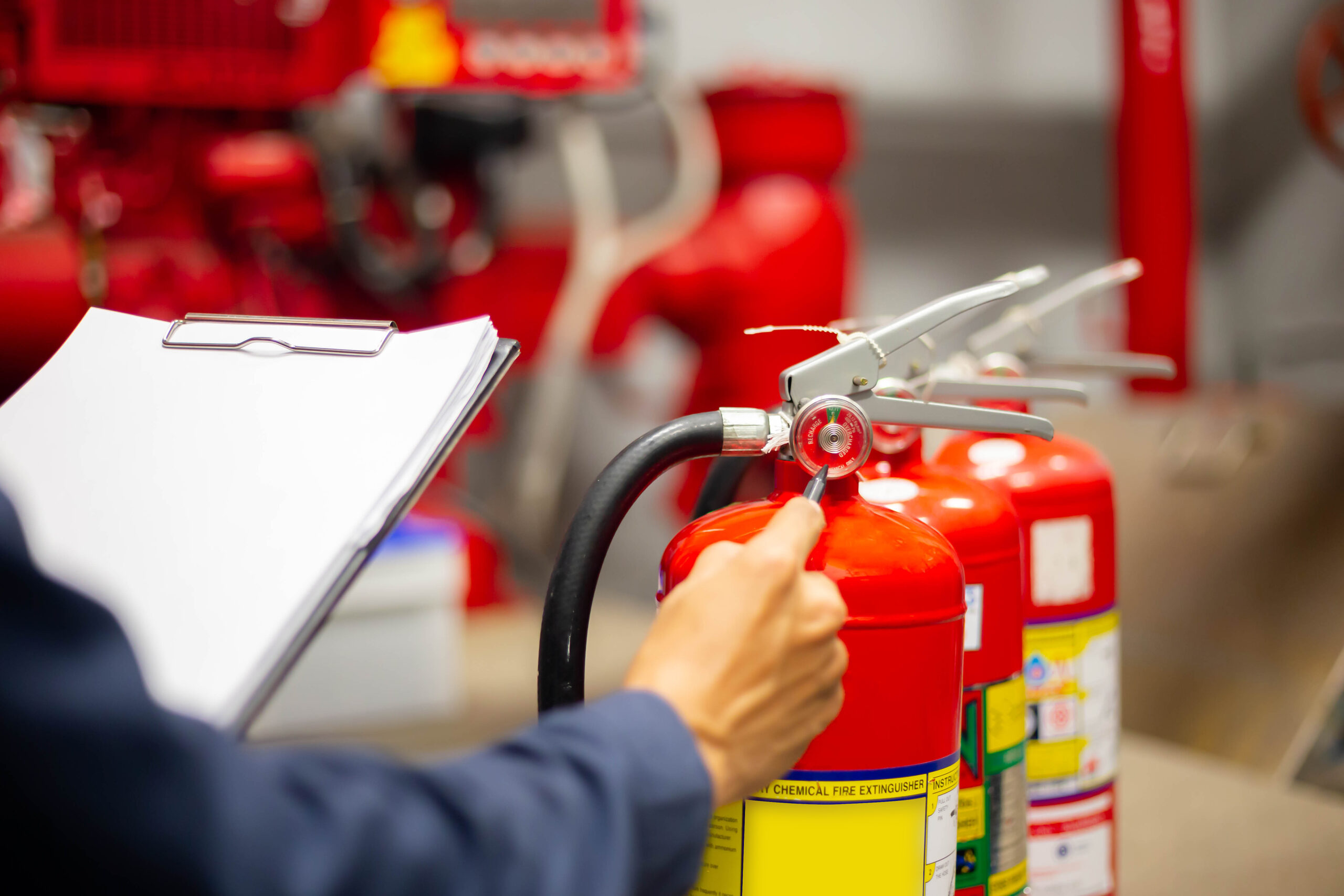Under COSHH, there are several different symbols with different meanings that you and your employees should be aware of. Understanding the difference is key to ensuring the right controls are in place to manage risk and hazards associated with substances effectively. This blog post will give you the inside track on each of the COSHH symbols and their meaning.
What are COSHH symbols and how many are there?
COSHH symbols are also referred to as hazard pictograms. The main purpsoe they serve is to inform an individual of the hazardous effects that a substance or chemical can cause, either to people or the environment.
How many COSHH symbols are there?
Easy – there are nine symbols relating to COSHH that represent different types of hazards. They’re all the same shape – a red diamond with a red border and white background, and products might have one or more symbols on them. Let’s take a closer look at each of the symbols and what they mean.
Explosives
The explosive symbol signifies that a substance or mixture has the potential to explode if exposed to heat, shock, or friction. This is a warning that extreme caution is required when handling such substances.
Explosives are defined as chemicals, substances and any workplace occurrence that might cause an explosion. The substance…
- Might be unstable within itself
- Might explode in a fire
- Might pose a mass explosion hazard or a severe projection hazard
- Might pose a fire, blast or projection hazard
Substances that come under the explosive category could include…
- Heavy metal azides
- Acetylene
Flammable
The flammable symbol indicates that a substance is highly susceptible to catching fire when exposed to an open flame, heat, or even sparks. This symbol should immediately alert individuals to the fire risk associated with the substance.
This symbol is used on any flammable chemicals or other substances that ignite on contact with air, an ignition source, has a low flashpoint or can create flammable gases when in contact with water. Flammable substances can be solid, liquid or gas, and include…
- Acetone
- Benzene
- Menthol
Oxidising
The oxidising symbol shows that a substance has the potential to cause an exothermic reaction (combustion) when in contact with another chemical. These substances can cause an explosion, start a fire or increase the intensity of an existing fire. These might include:
- Bleach
- Hydrogen peroxide
- Halogens
Gas under pressure
This symbol represents substances that are stored under pressure and could explode if not handled properly. It could also lead to cryogenic injuries when refrigerated. This has been recently incorporated into the COSHH classification system.
Corrosive
The corrosive symbol indicates that a substance is highly acidic or alkaline and can cause severe damage to skin, eyes, and other materials. It’s important to use proper protective measures like personal protective equipment (PPE) when dealing with corrosive substances. These could include…
- Ammonia
- Acetic acid
- Hydrochloric acid
- Drain cleaners
Toxic
The toxic symbol warns that exposure to the substance, either through ingestion, inhalation, or skin contact, can lead to harmful health effects, and even low-level exposure to some substances can be severely damaging. It emphasises the need for caution and protective equipment. Substances include…
- Cyanides
- White or red phosphorous
- Sodium azide
Health hazards
This is a general COSHH hazard symbol showing that there are substances dangerous to health around and they might cause irritation, dizziness or allergic reaction. It’s used to indicate that caution should be taken. This could include…
- Bleach and other cleaning chemicals
- Paints
- Glues
- Heavy metals
Serious health hazards
This symbol represents serious long-term threats to health. These substances could also be fatal if ingested or inhaled. Short or long-term exposure to substances with this symbol can cause serious health problems, like cancer, organ damage, damage to fertility or an unborn child, genetic defects, respiratory problems or asthma. These substances include…
- Asbestos
- Benzene
- Vinyl chloride
Dangerous for the environment
The last symbol indicates a substance is dangerous for the environment, and shows the potential harm it could cause to the ecosystem. These substances can cause damage to one or more parts of the environment, either immediately or after a period of time, and they need to be handled and disposed of responsibly. This could include…
- Pesticides
- Biocides
- Petrol
Check out our resources to manage COSHH effectively
To make sure you’re interpreting the COSHH symbols correctly, it’s vital to have an understanding of what COSHH is exactly. From explaining exactly what the regulations are, where you might find hazardous substances in different industries and how to carry out a risk assessment.
On the topic of risk assessments, they’re vital to make sure you’re keeping your workplace safe, not to mention a legal requirement when it comes to COSHH. To make the process quick and simple, we’ve got a range of over 80 ready-made COSHH assessment templates ready to download, fill out and use straightaway – for every substance you might be using. On the occasion that you’re missing one, we’ve also got a blank COSHH template that you can tailor to your exact needs.
Not sure where to start? Take a look at our free COSHH assessment template, download it and use it as a starting point for your assessments. This tool will help make sure you’re thorough and systematic in your approach.
Want to chat with an expert about managing COSHH effectively? Just get in touch with us on 0114 244 4461 or visit our contact page and a member of the team will be in touch at a time that suits you best.
To gain a greater understanding of COSHH, why not check our range of online resources below?









